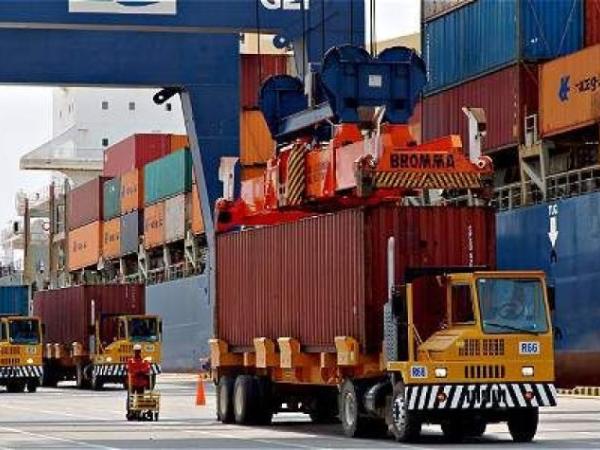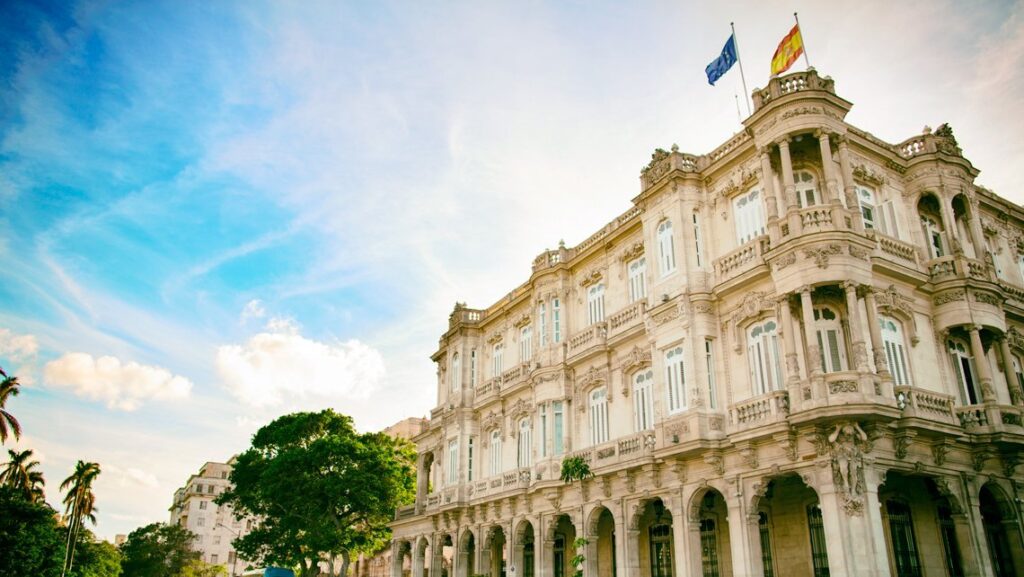Latin America and the Caribbean are among the plans of the new Government to consolidate as strategic partners for the Colombian foreign tradeHence, among President Petro’s first announcements was the decision to strengthen those trade ties with the region.
It is expected that this presidential guideline will become more firmly evident in 2023, once the foundations of the new presidency are more established. However, it is necessary to review how this trade has performed in the run of the year.
In general terms Colombia’s exports with the main trading partners in the regiongrouped for the analysis in the regional blocks, have increased considerably in terms of the collection of money and the volume of merchandise has slowed down compared to the value obtained last year.
(See: Exports from Colombia: income and sectors with the most sales).
However, it is possible to observe an opposite trend, that is, that they increase, when looking at some countries individually.
Relations with the region
The Andean Community of Nations (CAN) It is one of the commercial integration blocks to which Colombia belongs, which is why among the calls of President Petro is to repower integration and trade in the group.
According to the data provided by the National Administrative Department of Statistics (Dane), in the export report of october, Sales in the last 10 months of the year have totaled US$2,586.3 million, that is, an increase of 7.3% compared to the same period in 2021 when US$2,410.3 million were obtained.
It is necessary to remember that The CAN is made up, in addition to Colombia, by three other countries: Peru, Ecuador, and Bolivia.
(See:Vehicles, among the country’s export potential to Venezuela).
Of this trio, it is worth mentioning that exports to La Paz grew 10.5%, the highest in this period, while exports to Quito increased by 9.3% and to Lima by 9.5%.
However, the volume of merchandise exported to the Andean Community has slowed down by 20.6% between the two periods. Last year, 1.6 million tons had been transported, something that for in 2022 it is at 1.3 million tons.
The Pacific Alliance It is another of the integration mechanisms in which Colombia participates. It is also made up of Peru, Mexico and Chile.
Sales to this platform totaled US$2,688.7 million between January and October 2021, an increase of 37.09% compared to the same period in 2022 where US$3,685.7 million were received. The volume traded fell by 1.35% to the past from 7.4 million tons to just over 7.3 million tons.
Within this select group of countries, Chile was the country where Colombia’s foreign sales grew the most, specifically by 59.3%, going from US$864.7 million to US$1,377.3 million.
(See: Main destinations for Colombian exports so far in 2022).
They followed the exports to Mexico, with an increase of 48% between the periods of January-October 2021 and 2022. These went from US$946.4 million to US$1,400.9 million.
Now, as for the Mercosur, another of the giant integration blocks of the continent, this slowdown trend was also evidenced in terms of volume.
The Common Market of the South, given name of this group, is made up of Argentina, Brazil, Paraguay and Uruguay, as member states.
Thus, exports to this conglomerate reached US$2,424.4 million, a growth of 29.36% compared to the same period last year where US$1,874 million was obtained.
Following the records of statistical agencythe volume traded for this group was the one that presented the greatest annual reduction, with a drop of 24.52%, going from 6.5 million tons to 4.9 million tons.
Individually, sales to Argentina were those that grew the most, with an increase of 52.6%; followed by Uruguay with 28.4%; Brazil with 25.8% and Paraguay with 19.8%.
Venezuela is also one of the countries that make up this bloc, but it is currently suspended. However, trade with the neighboring country has been increasing since the reestablishment of diplomatic and commercial relations materialized.
Export in Colombia
EFE
Colombian exports to Venezuela totaled US$253.2 million between January and October 2021, a figure that would remain in the rear-view mirror with the 102.5% increase registered in one year by achieving sales of US$512.9 million.
This is the second increase in the largest exports in Latin America and the Caribbean, only behind Panama (241%), which is driven by crude oil sales.
In fact, sales volumes to Venezuela are the third fastest growing (71%), behind Panama (140.2%) and Mexico (149.9%). In 10 months, 274,675 tons have been sold to the neighboring country.
(See: World trade loses momentum, according to the WTO).
Colombian saless towards the islands of the Caribbean and Central America have a mixed balance, although with a greater inclination towards a rebound in volume flows.
Although in Guatemala volumes decreased by 26.7% for the selected period, they increased by 444.9% for Aruba.
For the Bahamas they fell 7.7%, but for both the Dominican Republic and Costa Rica they rebounded by 218.3% and 21.7%, respectively.
In the case of Puerto Rico, the last one with a public record of the Dane, trade flows also fell by 23.8%.
As to incomethe greatest increase, specifically of more than 500%, was presented by Aruba, followed by the Dominican Republic (132.9%).
BRIEFCASE

















